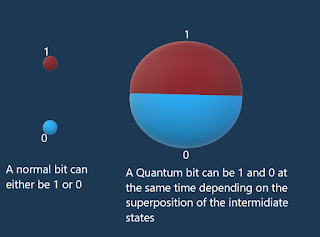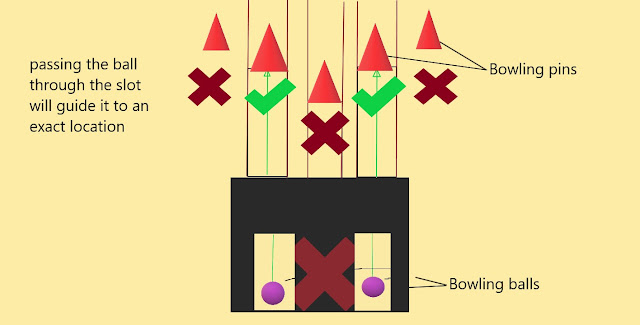The exploitation of nuclear energy (The conclusion)
In the previous article I intentionally highlighted some of the key words for this conclusion, by examining the situation we could draw two essential things :
1- The fast tiny bullet has made a small hole, the rest of the window remains intact.
2- The relatively bigger but slower stone succeeded in shattering the entirety of the window.
From these two observations we could conclude two major parameters that highly effect how the glass would react face to face the shock with the object:
1- The size of the object
2- Its speed
To secure a complete break of the glass we have to use a projectile that have a relatively big size and medium speed, a small speed is probably insufficient to break the glass, a very big size would require more energy to lift and throw the projectile.
But what does all that have to do with nuclear fission?

It's exactly the same thing, nuclear fission is a procedure when we use a projectile which is generally a neutron that have a relatively big size compared to the whole corpuscle. The neutron is projected to the nucleus with a speed that is not too fast nor too slow to efficiently shatter the nucleus into two other smaller nuclei the particle used to this operation is generally the uranium 235 or the plutonium 239 and the division causes neutrons to be projected from the bombarded nucleus, these lasts serve to bombard other nuclei present within the nuclear reactor, this is called the chain reaction and it won't stop until the majority of the undivided nuclei are decomposed (we can't consume them all because the procedure relies on a shock probability so it's barely impossible to get all the nuclei hit) or simply using some neutrons absorbents that limit the reaction by stopping the projectiles.




Comments
Post a Comment